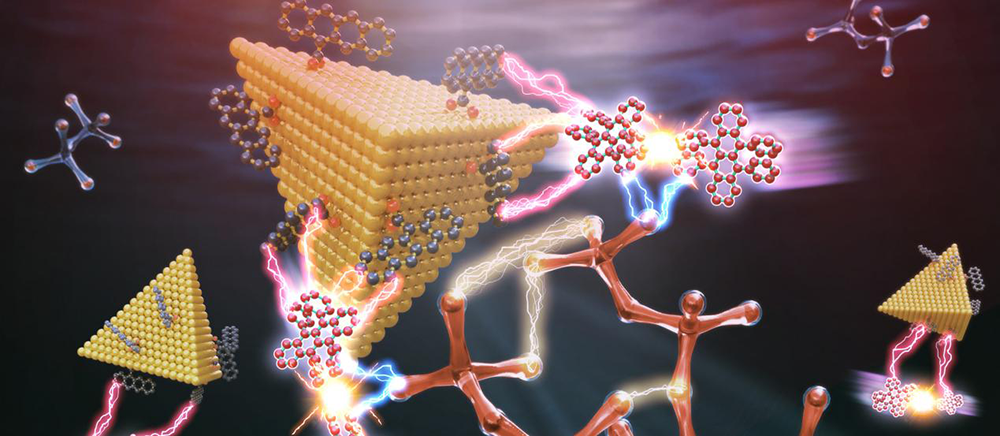
The reporter learned from the Dalian Institute of Chemical Physics, Chinese Academy of Sciences on the 7th that the team of Wu Kaifeng, a researcher at the institute, has made important progress in the photochemical research of quantum dots. The system is integrated with organic photocatalysis to realize efficient and fast solar light synthesis. Related research results were published in Nature Photonics on February 7.

Near-infrared photon upconversion and organocatalytic synthesis using low-toxicity quantum dots.
Carrying out energy conversion and industrial production based on sunlight is one of the important ways to solve the global energy crisis and help my country achieve the goal of "double carbon". Sunlight contains a large number of infrared photons, which are invisible to the human eye and have low energy, so it is usually difficult to effectively convert and utilize them. Colloidal quantum dots are ideal light-harvesting materials produced by a solution method, and their light absorption range can be easily extended to the infrared band. At the same time, the excited state quantum dots after light absorption can participate in abundant photochemical conversion processes to produce solar fuels or fine chemicals.
The upconversion of infrared light to visible light is of great significance in many fields such as energy, medicine, and national defense. For example, for solar cells, up-conversion enables devices to effectively utilize a large number of low-energy infrared photons in sunlight, subversively improving solar conversion efficiency. In the previous research, the research team deeply and systematically studied the dynamic mechanism of quantum dots sensitized to the triplet state of organic molecules, and explored the preliminary application of these new mechanisms in the fields of photon upconversion and organic photosynthesis. In this research, the team focused on copper indium selenide-based near-infrared quantum dots, which are relatively green and environmentally friendly and can be used to replace highly toxic lead-based near-infrared quantum dots.
The team prepared zinc-doped copper indium selenium core-shell quantum dots coated with zinc sulfide, which effectively solved the problems of many defects and poor stability of this type of quantum dots. The researchers modified carboxylated naphthacene molecules on the surface of quantum dots as triplet acceptors, and used rubrene molecules as annihilation agents to construct a solution-phase upconversion system. The system successfully realized the upconversion from near-infrared to yellow light with a quantum efficiency as high as 16.7%.
On this basis, the team integrated the up-conversion system with organic photocatalysis, and directly used the rubrene singlet state generated by the up-conversion for "in situ" organic oxidation, reduction, photopolymerization and other reactions, cleverly avoiding the up-conversion Quantum dot reabsorption losses experienced by photons propagating to the solution surface. Thanks to the effective utilization of near-infrared photons and the broad-spectrum absorption properties of quantum dots, the upconversion-organocatalysis fusion system can operate efficiently and quickly under sunlight. Experiments have shown that light-induced polymerization of acrylates can be achieved within seconds on indoor windowsills.
(Original title "My Scientist Realizes Efficient Solar Photosynthesis Through Infrared Light Upconversion")